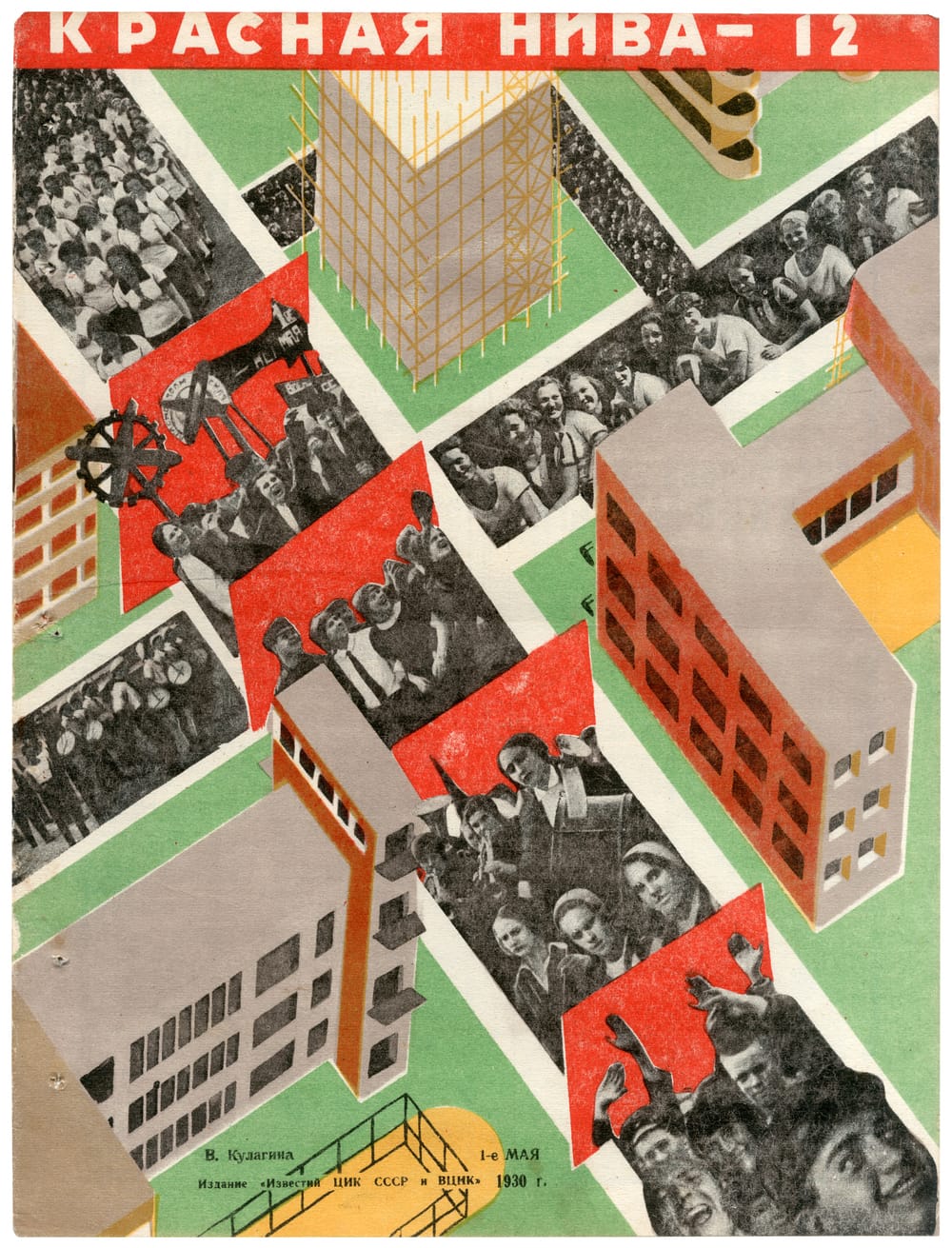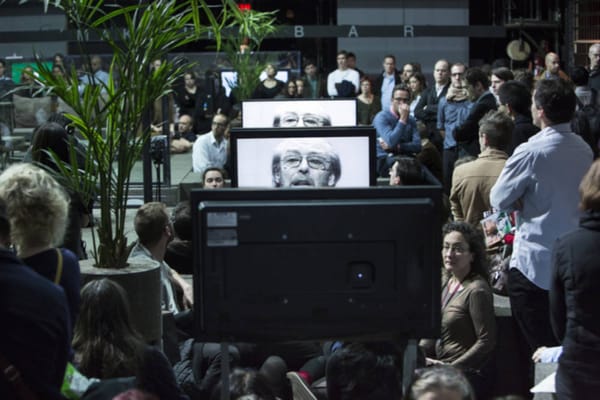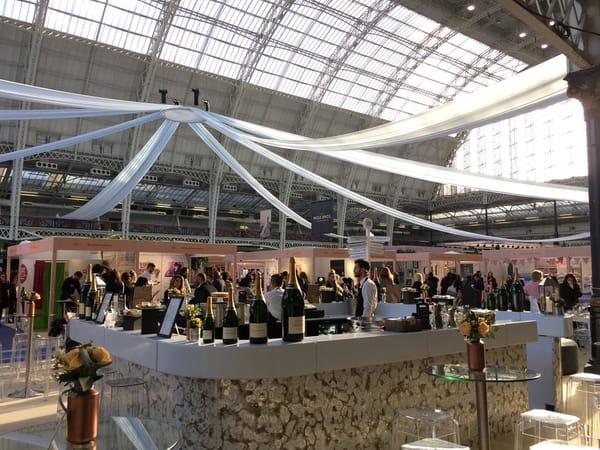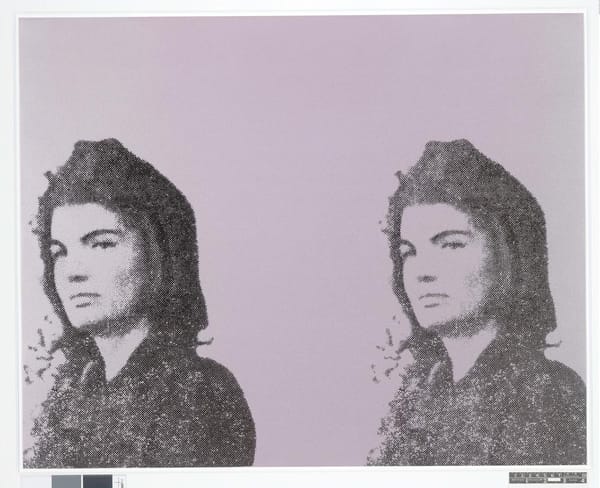Imagine Moscow | A melancholy reminder of what could have been
The Design Museum's latest exhibition has its flaws, but reveals a new side to Soviet architecture

With Imagine Moscow, the newly-opened Design Museum makes its contribution to the range of events marking the centennial of Russia’s October Revolution. The concept is certainly an interesting one: Imagine Moscow focuses on six architectural landmarks around Moscow’s Red Square, conceptualised in the 1920s and early 30s; from health resorts to monumental government buildings, these grand plans all had one thing in common: they were never actually built. Curiously fitting, for what other period was so marked by idealistic aspiration and delusions of grandeur? Imagine Moscow invites us to view these architectural phantoms – radical buildings that, despite never being realised, persisted in the collective consciousness, continuing to inspire modern architects years after they were first conceived.
Perhaps the most well-known of the six is the Palace of the Soviets, a monumental display of Soviet power and supremacy. Topped with a 100m-tall statue of Lenin, it was set to become the tallest building in the world at the time – beating out, especially, the Empire State Building in New York. Plans for its construction were publicised worldwide and detailed drawings published in innumerable books, pamphlets, and tourist brochures, several of which are on display alongside the original design.
“All architecture is propaganda,” claims Eszter Steierhoffer, the curator of the exhibition. Indeed, the six buildings and the different domains they represent – housing, education, leisure, administration – are used as a springboard to showcase how the ideas they represented were incorporated throughout society. Cloud Iron, a series of striking horizontal skyscrapers designed by El Lissitzky, is accompanied by drawings from other avant-garde Suprematist artists, including Lyubov Popova, Ilya Chashnik, and Nikolai Suetin. The Lenin Institute, Ivan Leonidov’s library-cum-planetarium for the education of the new Soviet citizen, is surrounded by posters and plans from Lenin’s mass literacy campaign, ‘Likbez’.
The six buildings and the different domains they represent – housing, education, leisure, administration – are used as a springboard to showcase how the ideas they represented were incorporated throughout society
An additional room is dedicated to the Lenin Mausoleum, the spatial and ideological centre of post-revolution Moscow. Lenin’s body was reburied thrice; on display are not only Alexey Shchusev winning designs, but also other entries from the open competition. Including submissions from students, architects, and engineers, their architectural leanings provide an intriguing look into the Russian psyche at the time.
The six exhibits are arranged in a curving spiral and merge seamlessly into each other – so seamlessly, in fact, that several times I found myself viewing displays from the next section by accident. Moreover, the side room dealing with the Lenin Masouleum appeared midway through the spiral rather than at the end, which would have made more sense. Clearer demarcations could have helped to give the exhibition more direction.
Furthermore, though it is clear the six unrealised buildings are used as a starting point for discussion, detailed information about the buildings themselves comprise only about a quarter of the exhibition itself. Being purportedly the main focus of the exhibition, it would have been nice to see more discussion of their conception and how they influenced later architecture and design.
A sense of what-could-have-been pervades the exhibition, a theme that is beginning to seem unfortunately familiar whenever post-revolution Russia is discussed. Still, Imagine Moscow is a fascinating peek into the visions and unrealised possibilities of the time – even if it could have been a little more extensive, and a little more organised.








